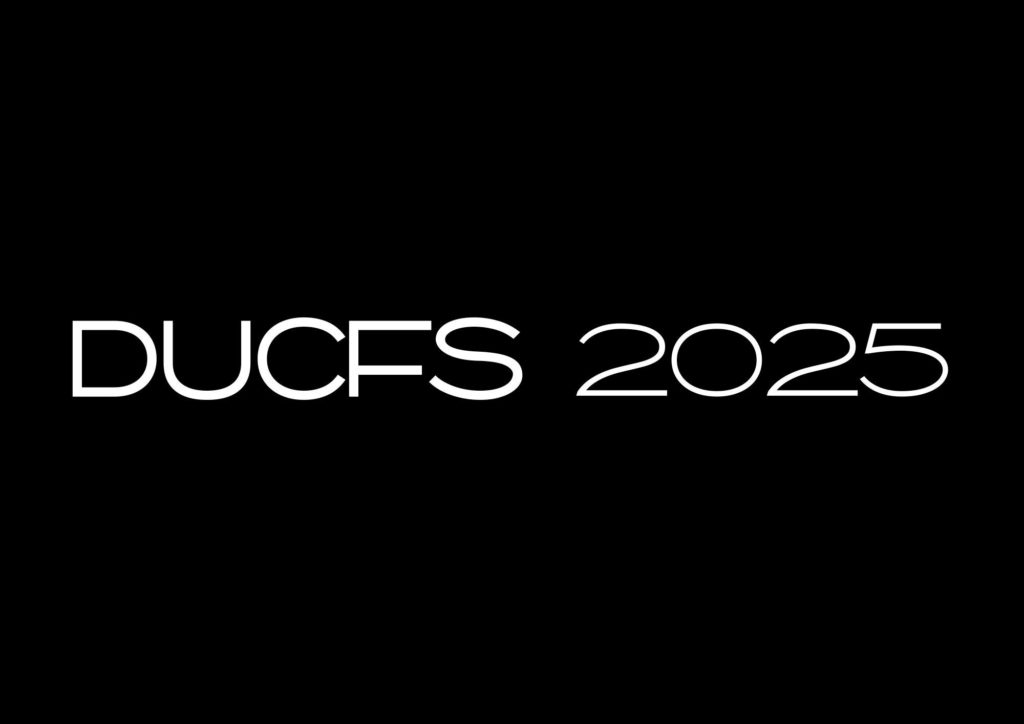More often than not, the phrase ‘sustainable’ has begun to pop up in fashion magazines or stretched across high street billboards. But what exactly is sustainable fashion, and what sort of criteria does sustainable fashion tend to follow?
Sustainable fashion: a consideration of the fashion industry’s impact on the social, economic and environmental needs of future generations.
A circular fashion economy
Sustainable fashion brands often focus on circular business models which seek to reduce waste and use materials and resources more efficiently. In apparel, the six R’s are crucial to fulfilling this:
1. Reducing materials required and waste generated
2. Recycling old materials to craft new products. This ‘closes’ the fashion industry’s ‘Loop’.
3. Refurbishing deadstock, fixing used products without re-processing raw materials
4. Reselling second-hand
5. Renting clothing
6. Repairing products when they are still being used by an individual
Embracing transparency From the initial material sourcing, all the way to a products’ disposal and leftover environmental impact, sustainable fashion brands are often highly transparent about their product’s life cycle and supply chain. For instance, Reformation’s RefScale (attach link here if possible) records its water, waste and CO2 savings for all shoppers to see. The easier it is to dig deep and find information on a brand’s socio-eco footprint, the more likely it is that these practices are actually being fulfilled.
While sustainable fashion is on the rise, it still has a long way to go in order to stand up against the second largest polluting industry in the world that is fast fashion. In this THREAD, we propose a few things to ask yourself in line with sustainable fashions’ goals toward a more circular industry. This can help you become more eco-conscious with every purchase.
1. WHO made my clothes?
Fast fashion has been linked to modern slavery: its low prices should be sending alarm bells. Think Pretty Little Thing’s Black Friday in 2020, where clothes were being sold for as little as 8p. At the same time, PLT’s parent company, Boohoo Group, was being slammed for modern slavery allegations where workers were being paid for less than half the UK’s minimum wage. Learn to shop from brands with high ethical standards that also consider the living wage in their manufacturing region to sustain basic needs, as well as standard national wages.
2. HOW are the clothes made?
The costs of fast fashion are much more than a price tag. The fashion industry is a major offender when it comes to water consumption and pollution: just one pair of jeans can use approximately 10,000 litres of water, not to add the detrimental effects dye pollutants have when entering into local waters. From clothing dyes created from plant waste (which uses 75% less energy and 90% less water than typical dying processes), to shoes made out of ocean plastic waste, there are plenty of new innovations that are worth discovering.
3. WHAT are my clothes made of?
Sustainable brands tend to use biodegradable materials which can decompose naturally when discarded. Hemp, for instance degrades within a few weeks to months, unlike synthetic polyester which takes over 200 years to decompose. Look out for long-lasting materials that won’t just rip overnight. Linen, for example, is more durable than cotton and will last 2-3 times longer. Organic materials tend to also use less water and energy during their production processes.
4. WHERE?
Think about where your clothes are made. Shopping at brands which source their materials locally and reducing your clothing’s airmiles is arguably one of the best ways to reduce your individual carbon footprint. Buying and selling pre-owned clothing is an excellent way to reduce the 85% of all textiles that end up in landfill each year. Us Durham students are not foreign to the local charity shop, Depop, Vinted, eBay, clothes swap or car boot sale.
5. WILL I wear it?
Consumers today have an ‘insatiable demand for newness- this is something fast fashion brands feed off of through multiple collections throughout the year. When buying clothes, ask yourself, ‘will I wear it?’, or are you just buying into a fleeting trend? Give up the single- use obsession. This may be tough, so there are plenty of clothing rental platforms if you are desperate for that showstopping black tie piece, but think you’ll only wear it once. It can also be far more cost-effective for our student bank accounts. Head to DUCFS’s recent interview with Little Black Door, a social wardrobe app which prides itself on reselling items and borrowing clothes from your friends (add link here??).
6. ALL TAGGED UP
Look out for legitimate ethical fashion certifications on tags and brand websites.
7. DO YOUR RESEARCH: LET’S TALK ABOUT GREENWASHING
Greenwashing is when company’s falsely claim their products or practices are environmentally sustainable. This marketing can be extremely deceptive, and the actions companies undertake are often far from the green values and policies they declare to perform. and is something we as consumers must be cautious of as sustainability becomes a new ‘hype’.
Sustainability is part of our life, not a passing trend. We all need to do our part to ensure we leave this planet in better shape than when we arrived. So, the next time you are about to buy something, don’t succumb to the throwaway culture: ask yourself if you will actually get many wears out of it. Think about the who, how, what and where, and hopefully this extra pause and reflection will set you down the right path towards wearing a more eco-conscious wardrobe.
Maud Swanborough

